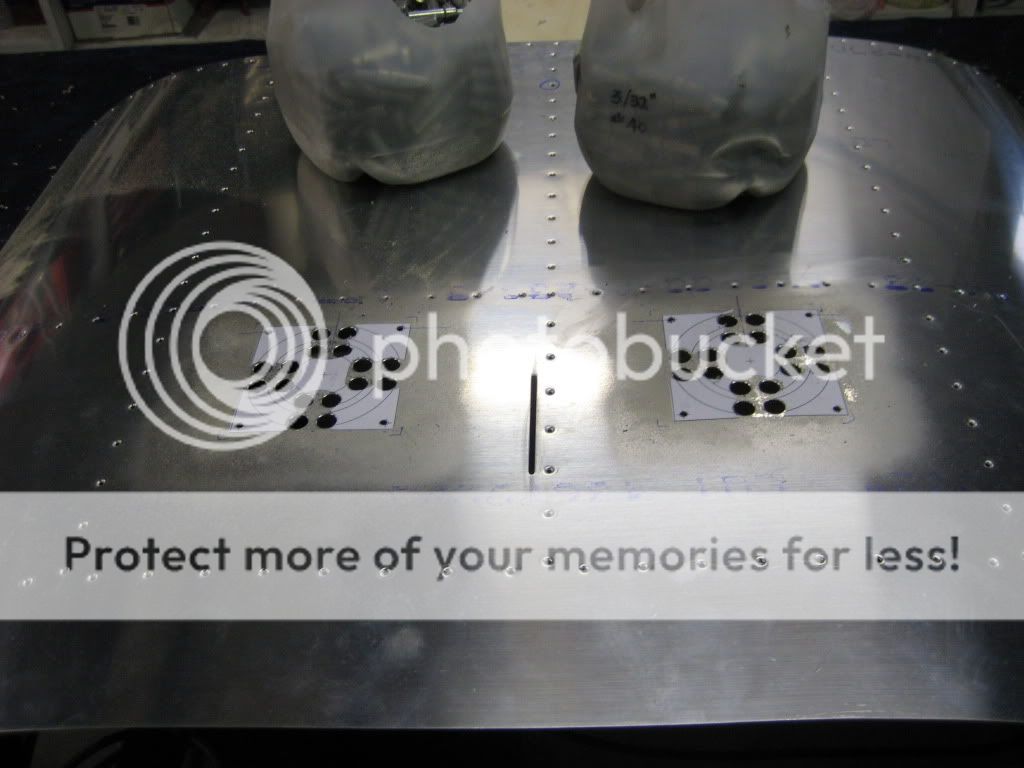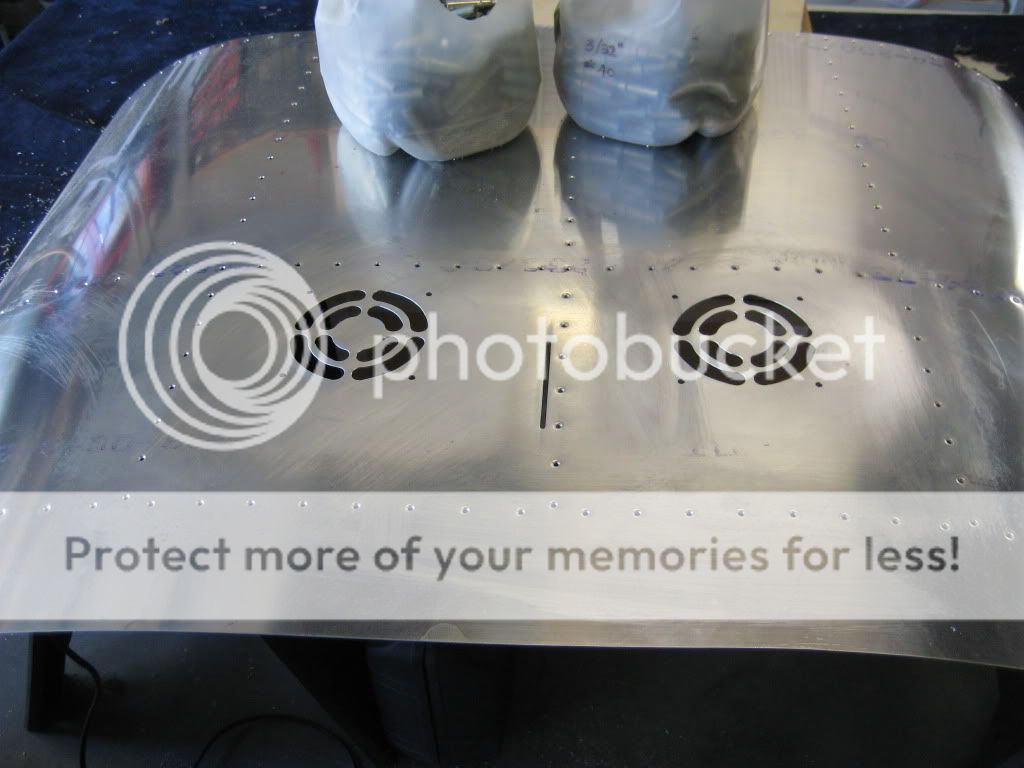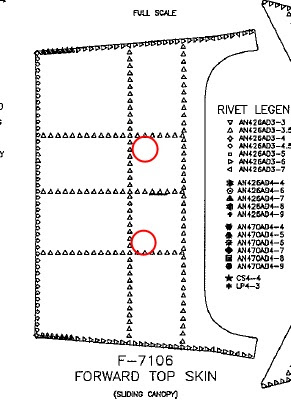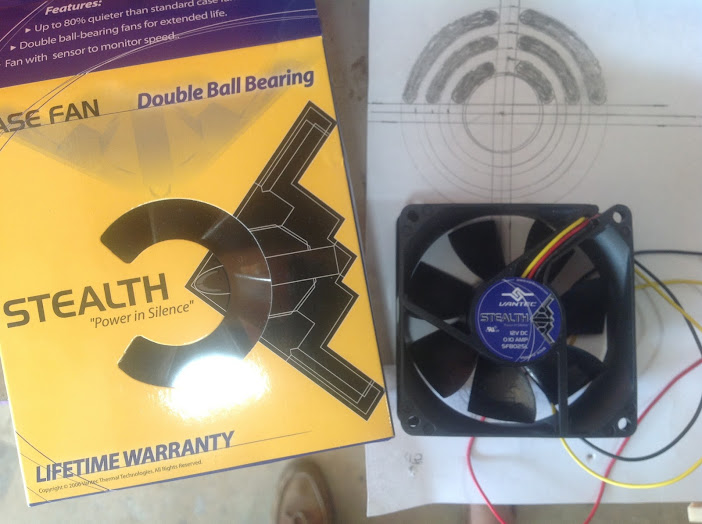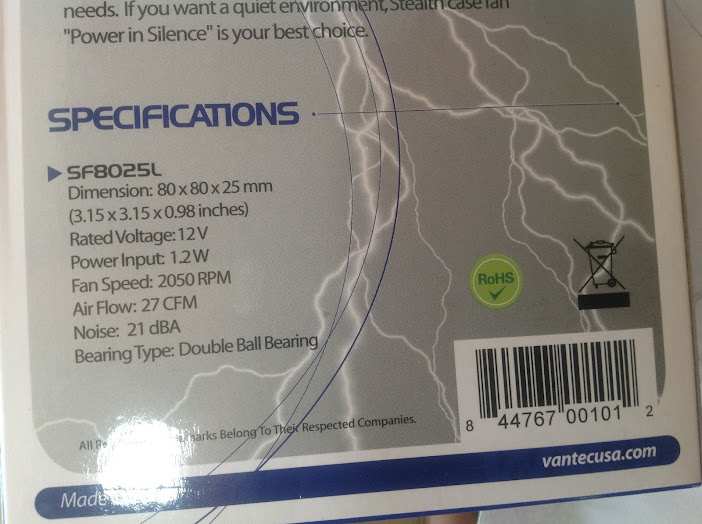Situation: Radio stack is a PS Engineering PAR100EX with a Garmin 430W below with minimum clearance mounted in the center of my RV9A panel. I have added a small avionics blower, located on the right front side of the subpanel, to the Garmin to reduce the possibility of overheating and having the screen fade or go blank, which I have experienced on hot days in the past. I have a padded covered black glare shield with 3/8 inch foam backing.
Last weekend at the pancake breakfast at Twin Oaks, the plane was park in the sun for about one hour with outside air temperature about 70 degrees. When I opened the slider canopy, it was quite warm inside. Within 10 minutes after taking off and climbing to 3500 feet the 430W screen began to fade and became unreadable. During the course of the next 40 minutes or so, I shut the unit down to let it cool, restarted it with limited success. Eventually I shut it off for the duration of the flight relying on my second radio. During the flight the panel was quite warm and, reaching under the panel to feel the 430W case, the case was very hot to the touch. After I landed, I again reached under the panel and touched the case. It was very hot. I have since checked to confirm the avionics blower was working and the line to the 430W was unobstructed.
Diagnosis: My conclusion to this point is that the area under the glare shield had gotten too warm from sitting in the sun when the plane was parked and later from heat from the firewall to allow for cooling the 430W, though not noticeably warm to pilot and passenger. (Note, I ran the 430W on the ground for 45 minutes the next day. It did not heat up.)
Question: Has anyone had a similar experience and if so, what solutions have they tried and implemented. I will be using a canopy cover in the future and make sure that I keep the canopy open when sitting out in the sun. That said, I am not sure that will be sufficient given that I am having this problem on a 70 degree day.
John
Last weekend at the pancake breakfast at Twin Oaks, the plane was park in the sun for about one hour with outside air temperature about 70 degrees. When I opened the slider canopy, it was quite warm inside. Within 10 minutes after taking off and climbing to 3500 feet the 430W screen began to fade and became unreadable. During the course of the next 40 minutes or so, I shut the unit down to let it cool, restarted it with limited success. Eventually I shut it off for the duration of the flight relying on my second radio. During the flight the panel was quite warm and, reaching under the panel to feel the 430W case, the case was very hot to the touch. After I landed, I again reached under the panel and touched the case. It was very hot. I have since checked to confirm the avionics blower was working and the line to the 430W was unobstructed.
Diagnosis: My conclusion to this point is that the area under the glare shield had gotten too warm from sitting in the sun when the plane was parked and later from heat from the firewall to allow for cooling the 430W, though not noticeably warm to pilot and passenger. (Note, I ran the 430W on the ground for 45 minutes the next day. It did not heat up.)
Question: Has anyone had a similar experience and if so, what solutions have they tried and implemented. I will be using a canopy cover in the future and make sure that I keep the canopy open when sitting out in the sun. That said, I am not sure that will be sufficient given that I am having this problem on a 70 degree day.
John






